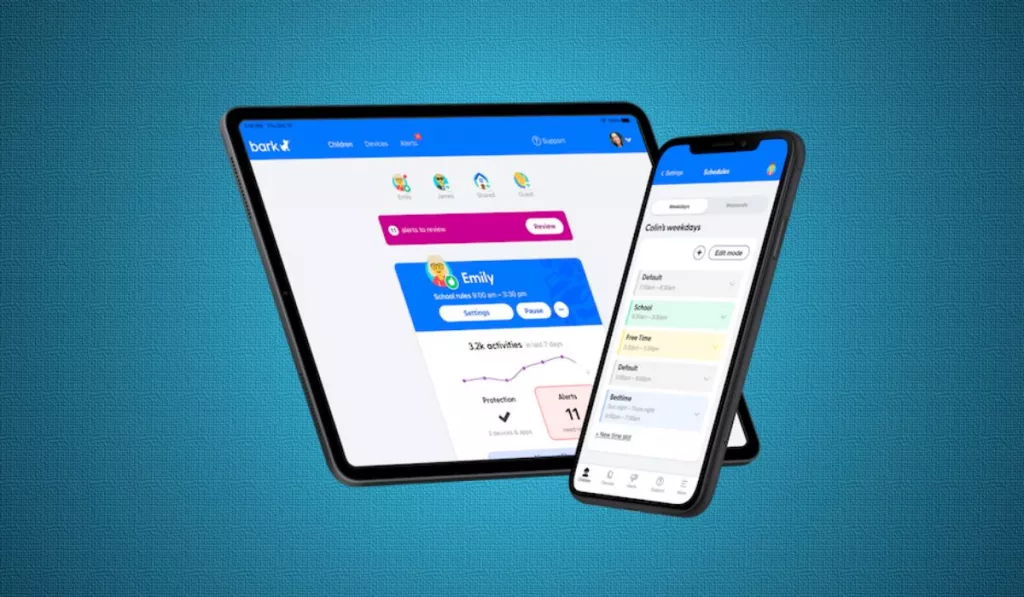Being able to network is a critical part of professional development. An article by CEOWorld Magazine notes how the benefits of influence networks can come as informational interviews, assistance when making a career change, and access to exclusive job postings and free resources. This mainly benefits college graduates and corporations, who can utilize an alumni network to meet their career goals. Aside from landing new roles, research has found that lifelong relationships have improved work ethic, leading to a 2.8 times increase in revenue per employee and a 4.5 times increase in product innovation.
However, many people tend to underestimate who they can connect with professionally. An LHH guide on how to build a network highlights how professional networking needs to expand beyond your company colleagues. Everyone you know is within your network, including suppliers, relatives, friends, your family doctor, and people you meet in leisure activities. It’s essential to reach out to relevant people and reignite those relationships. Reconnecting with them enables you to recall projects you worked on together, discuss career goals, and potentially help you get introduced to two or three other people who can help you in your professional journey.
In the digital age, it has become more convenient to sustain rapport with people. Networking sites and applications have risen to help professionals stay connected while maintaining a separation of their business and personal profiles. In this article, we visit the top five professional networking sites you should consider this 2025:
Website: www.linkedin.com

For almost everyone, LinkedIn is the go-to professional networking platform online. Its model is straightforward: build your profile and find related professionals and connect with them. Like most social media, LinkedIn has a home feed that enables individuals to read about topics they’re interested in— making it a good way to establish connections. Our post “5 Hacks to Improve Social Media Visibility Like a Pro” notes how tagging can boost your visibility online. If you’re looking to engage with your newfound network, you can try tagging them in posts that they may be interested in to increase engagement.
Also read: Advance Boolean Search LinkedIn Sales Navigator: To Make Your Search For New Customers Easier
Website: www.xing.com

Much like LinkedIn, Xing provides users an opportunity to showcase their profiles and connect with other people. In addition, users can also catch up on industry news, find jobs, and research company profiles. Premium users get access to services like advertising, professional coaching, and editing assistance for cover letters and resumes, all of which can help with networking. Do note that most people on the platform are Europeans, so anyone looking for work abroad can benefit from networking here.
Also read: Top 15 Apps Like Shiftsmart | Shiftsmart Alternatives
Meetup
Website: www.meetup.com

For people looking to connect in person, Meetup is a great place to find other people with similar interests and different personal and professional backgrounds. Depending on your preferences, you can search for local events to attend or plan your own networking event. Sometimes face-to-face meetings can be more effective. Corporate trainer Paul Axtell notes how these often convey a sense of intimacy, connection, and empathy, which is otherwise hard to do on video or chat. By meeting in person, you may build stronger connections with like-minded professionals.
Also read: Top 15 Apps Like Veryable | On-Demand Labor Job Apps Alternative
Slack communities
Website: slack.com/community

While most people use Slack for communicating with their existing co-workers, you can also extend your reach to other industry workers through the Slack Community program. Mainly run by volunteer developers and users, Slack Community chapters provide a space to hone your professional skills and knowledge by opening discussions between experts and novices. However, for users who are easily distracted by multiple message notifications, it’s best to adjust your notification settings to mitigate any issues.
AngelList
Website: www.angellist.com

AngelList is a specialized platform focusing on startups and those interested in the startup ecosystem. Ideal for entrepreneurs, investors, and job seekers in tech, it allows users to create profiles, explore startup jobs, and connect with potential investors. Additionally, startups can showcase their projects and seek funding. The platform is particularly valuable for individuals looking to break into the startup world or seek innovative business collaborations.
Also have an eye on Top 15 Job Apps Like Bluecrew | Bluecrew Alternatives
Behance
Website: www.behance.net

Behance, operated by Adobe, is a platform tailored for creative professionals. Users can showcase their portfolios, discover others’ work, and find job opportunities in fields like graphic design, photography, and illustration. Interaction on Behance goes beyond just networking; it’s about inspiring and getting inspired. The platform also hosts live streams and creative challenges, offering a dynamic way to engage with the community.
Also read: Top 15 Apps Like Headway | Headway Alternatives and Competitors Apps
Bark
Website: www.bark.com

Bark is a distinctive professional networking platform that primarily focuses on connecting service providers with potential clients. It is particularly beneficial for freelancers, small business owners, and independent professionals offering services in various sectors like home improvement, events, wellness, and more. Users can create detailed profiles showcasing their skills, past work, and client reviews. Bark then uses a sophisticated algorithm to match these service providers with users who are actively seeking their specific services. This direct matching system enhances the chances of securing genuine business opportunities.
Additionally, the platform offers tools for sending quotes and communicating with potential clients, making it an efficient way to grow a business or freelance career. Bark’s unique approach to professional networking makes it an invaluable resource for anyone looking to expand their client base and connect with relevant business opportunities in their area of expertise.
Also read: Top 15 Apps Like Coco To Try | Coco Video Chat App Alternatives
Gust
Website: gust.com

Gust is a global platform that primarily serves as a nexus for startups and investors. It is designed to streamline the investment process by connecting early-stage startups with potential investors, accelerators, and incubators. On Gust, entrepreneurs can create profiles to showcase their startups, share detailed business plans, and access a wide range of tools to manage their investment-seeking process. The platform also offers a plethora of resources to help startups prepare for funding rounds, including pitch deck templates and financial modeling tools.
Investors on Gust benefit from a curated selection of startup opportunities, allowing them to discover innovative ventures aligned with their investment interests. The platform provides detailed information on each startup, including business models, market analysis, and team profiles, which assists in the due diligence process.
Also read: Top 15 Apps like Airbnb | Airbnb Alternatives
Opportunity
Website: myopportunity.com

Opportunity is a unique networking platform that uses a matchmaking algorithm to connect professionals based on specific business needs or employment opportunities. Whether you’re looking for a job, a sales lead, or a potential collaboration, the platform aims to find the most relevant connections for you. It’s particularly useful for sales professionals and job seekers.
Guild
Website: guild.com

Guild is a networking platform designed for professionals who value privacy and high-quality connections. It’s an ad-free platform that fosters professional discussions and networking in a more controlled environment than larger social networks. Guild is particularly suited for industry leaders, academics, and professionals seeking thoughtful discussions and meaningful connections.










Leave a Reply